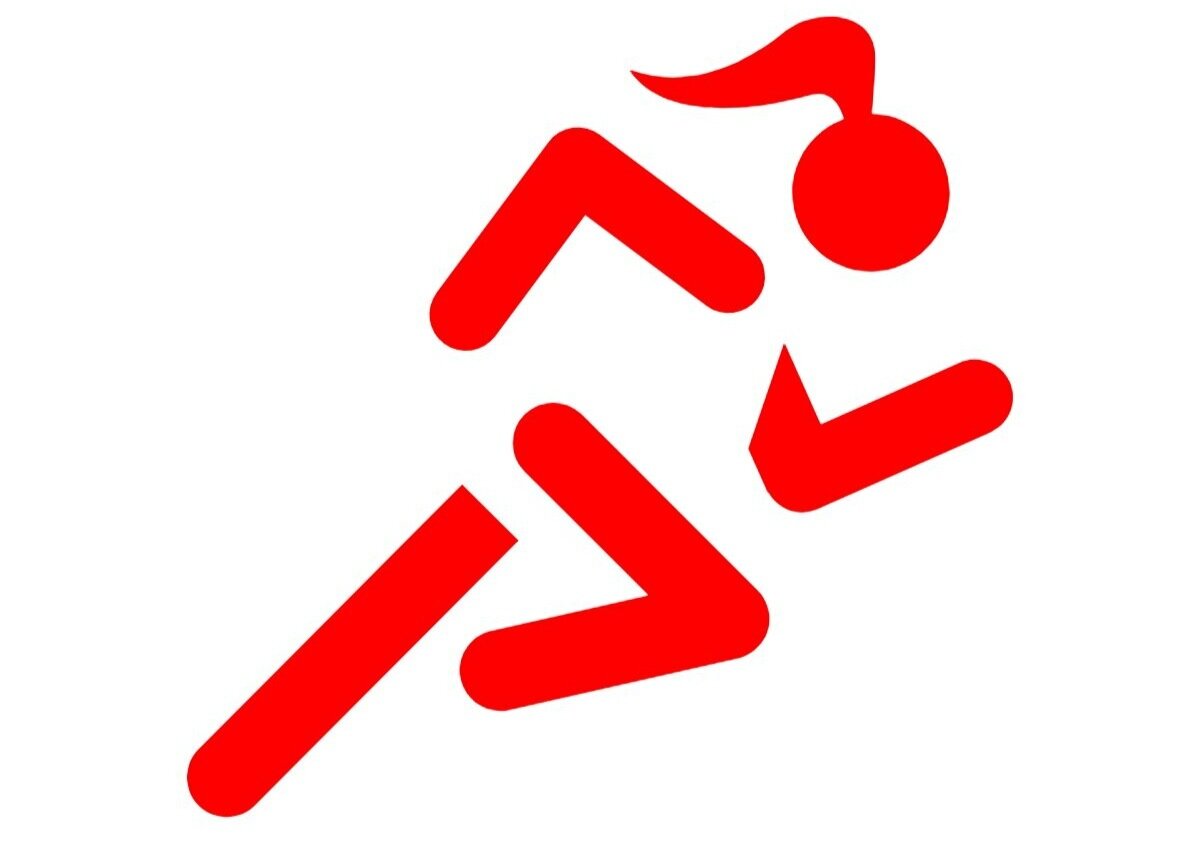The Foot
The foot has 126 bones in it and these are supported by a clever network of soft tissue – muscles, ligaments and tendons – to give a functioning platform that can help us to stand and propel us to move. The soft tissues (muscles, ligaments and tendons) support the bones in the foot in three arches – one each on either side running from heel to toe and one across the foot.
It’s a pretty amazing structure coping with the weight of the body once, twice or even four times over depending on the movement. Mostly it works really well, but occasionally something goes wrong and it causes us some pain. This could be caused from an injury – such as a sprained ankle; or for no particular reason (but usually an overuse injury that causes inflammation).
Although pain is often felt in the foot, as my running clients know, the cause is often somewhere higher up the leg. If the bigger muscles at the top of your legs aren’t working properly this can have a major impact in the smaller muscles controlling your foot. This doesn’t even have to be when moving. A lot of the work that our foot muscles do is in stabilizing us: try standing on one leg and checking in with where you can feel the muscles working.
With pain in the foot, I’ll start working my way up from the bottom – assessing how your foot looks when you are standing, making small movements (like a knee bend) and then when making bigger movements – walking. I’ll also look at the mobility of the ankle joint: can you raise your toes, point your toes or twist your foot in and out.
And this is where the treatment starts. Making sure that the soft tissues can move around enough to enable movement is a priority, but in the foot this is especially balanced with making sure that the tissues are strong enough to support itself.
Prevention is always better than cure so regular check-ins with your feet are important – given you’re your feet are in almost constant use and so rest is difficult to achieve once injured. There are many exercises that can be done to strengthen and stretch the foot and these should be tailored for your condition. In addition to foot specific exercises it’s also likely that there will be advice to work the lower leg as well. (Many of the muscles of the lower leg attach to and control the movement of the foot)
